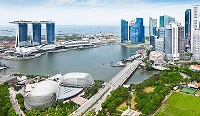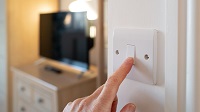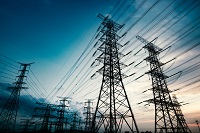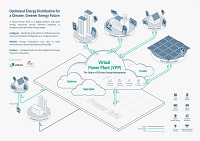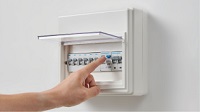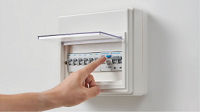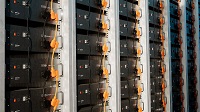An electrical installation refer to any electrical wiring, fittings, or apparatus used to convey and control electricity in any premises. Electricity supply is drawn from the national power grid.
A supply installation is an electrical installation that draws electricity supply from generators used solely by the consumer.
A licensing scheme was introduced in 1975, requiring consumers to hold a licence to use certain types of electrical installations, such as:
Non-domestic electrical installations with approved load exceeding 45kVA;
Electrical installations used in hazardous trades (e.g. businesses dealing with highly flammable materials, construction work activities, etc.), regardless of approved load;
Supply installations for non-domestic purposes, regardless of approved load.
However, the licensing scheme doesn't apply to electrical and supply installations used exclusively for residential purposes.
To comply with licensing requirements, owners or users of such electrical installations must appoint a licensed electrical worker (LEW) of the appropriate class to take charge of their installations. These installations must be inspected regularly and certified fit for operation before use.
The appointed LEW will submit the electrical installation license application via EMA's e-Licence Information Services (ELISE) portal on behalf of the consumer.
